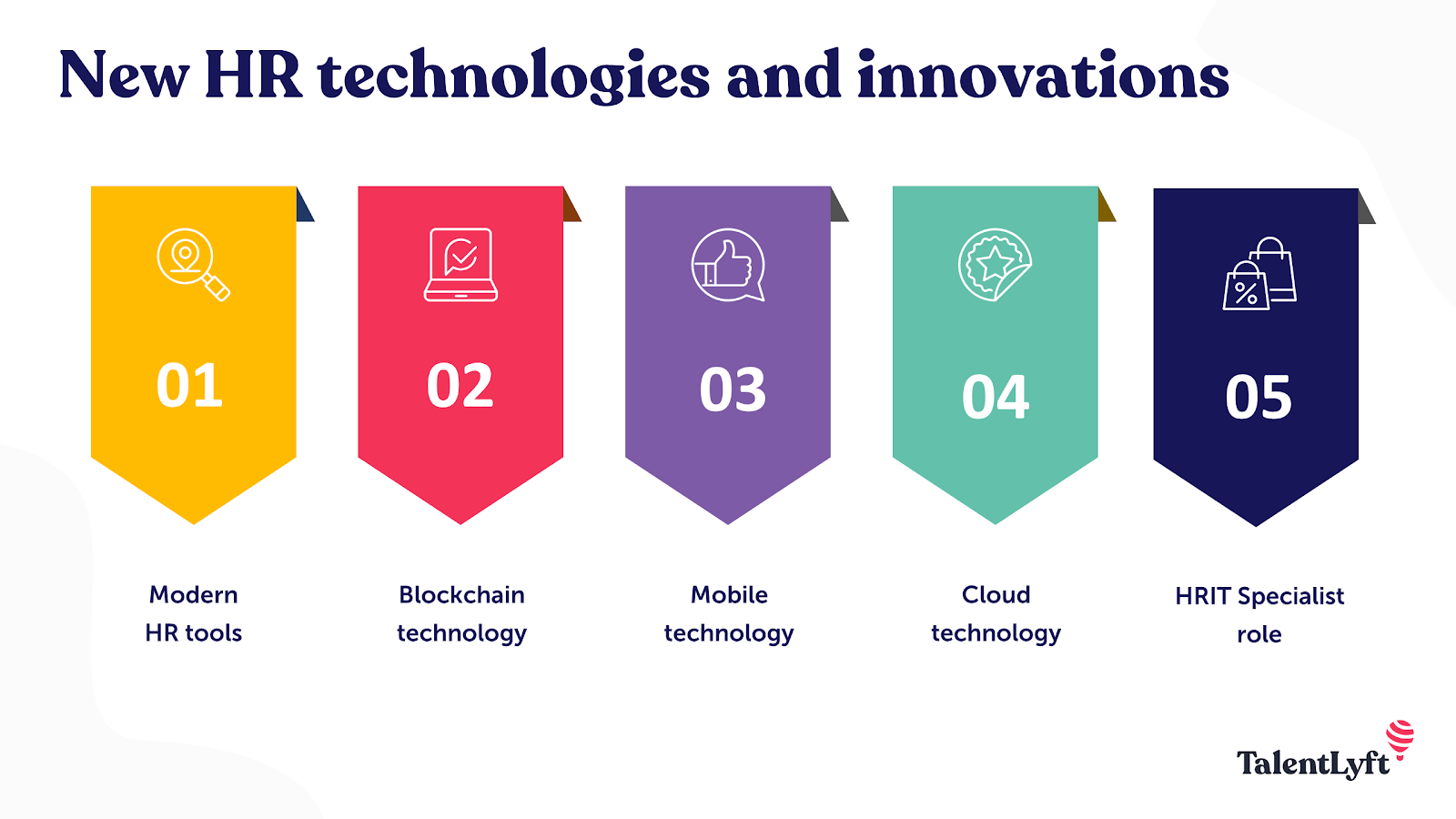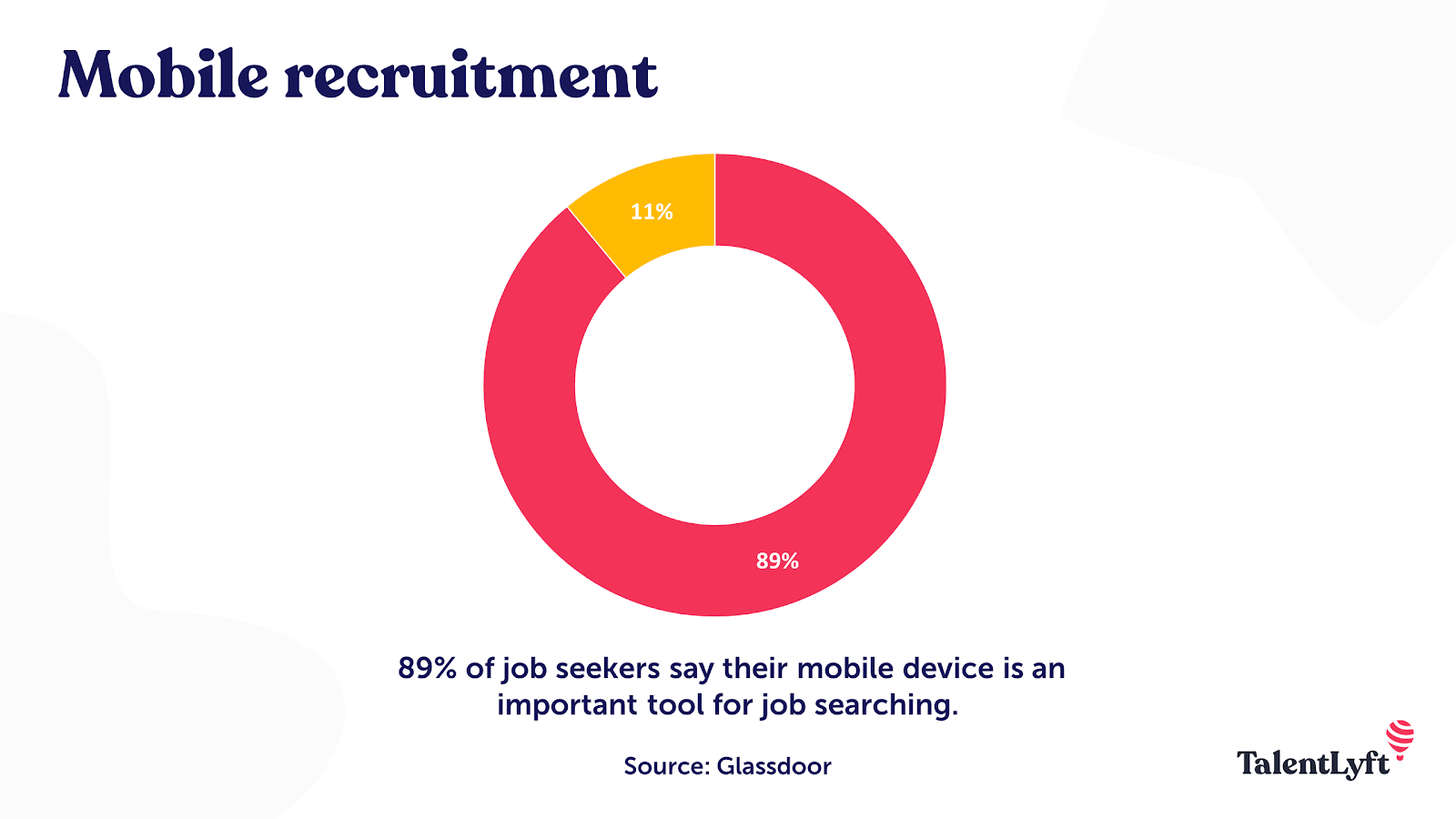
Which new technologies are influencing the evolution of the HR software? These new technologies will not only shape online HR software but will be a determining and transformative factor that will affect the workforce of the future.
Which new technologies are influencing the evolution of the HR software? These new technologies will not only shape online HR software but will be a determining and transformative factor that will affect the workforce of the future.
A number of emerging technologies and innovations are now influencing the evolution of the HR software. On top of that, these technologies continue to shape how businesses perform HR-related tasks in the future.
From social-based recruitment, real-time video interviews and cloud-based HR operations to mobile-based employee development/learning and more, the human resource management system software is becoming more sophisticated and capable to meet changing HR demands and requirements.
New and upcoming technologies and emerging recruitment trends are going to impact HR software solutions and have a great effect on business organizations in the future.
This will offer some exciting new possibilities. The question is, how can you prepare and make the most out of these new technologies?
Here are 5 way you can leverage new HR technologies and prepare for the new ways recruiting and doing business in the future:

In the United States alone, over 10,000 baby boomers retire daily according to Yahoo! Finance. That means more people from Generation Z, the young group that comes after the millennials, are becoming employed. This development translates to the slow yet steadily increasing entry of digital natives into the workforce.
People who are now becoming part of the workforce are more technologically-inclined and can easily understand and adapt to the changing times. This allows HR teams and professionals to speed up their transition from dated methodologies to more advanced and sophisticated practices.
Recruitment, interviews, performance evaluations, and other HR interactions will become more grounded in technology. Boosting your hiring strategy is crucial to secure top talents. HR teams can scout for prospective employees via social media, track and monitor employee performance via a cloud HR software, send learning content and other development materials via mobile apps, and more.
HR processes and tasks are no longer cumbersome and slow. Emerging technologies will accelerate, simplify, and automate many tasks and workflows, resulting in better HR efficiency, productivity, and output.
Failing to adapt and incorporate these new technologies will leave you lagging in the dust of your competitors. It will become a major reason why your organization is not attracting the best talents. FinancesOnline released a list of reliable HR tools for those who want to compare products. You can also check our own list of the best HR tools.
Blockchain technology has the potential to change the way organizations recruit and hire the best and most qualified candidates. It utilizes a decentralized public ledger where information is stored and can only be edited by designated authorities. Information such as professional certifications, worker ratings, previous work history, projects, and academic background can be loaded into the ledger.
With blockchain, HR teams can easily identify employees tasked to certain projects as well as accurately determine their specific role and actual contribution. It speeds up the collection of academic information and allows for faster work history verification. This makes it easy for HR teams to effortlessly compare and evaluate an applicant's potential and fit to their organization.
Since the candidate's identification, educational attainments, and professional qualifications become easily verifiable, blockchain technology basically prevents identity fraud. Job seekers can generate their digital file, complete with all the necessary details. They then permit potential employers to view their data and proceed to the verification of all the information.
Traditionally, information verification can take weeks or months. With blockchain technology, verification is done in minutes or hours at most.
There is no denying it. Mobile technology is a permanent fixture in HR now and in the future. That said, many business organizations haven't fully modified their talent recruitment, development, and management strategies to include a completely mobile-based approach.

Mobile connectivity has enabled real-time communications and data access, which are among the ways to increase small business efficiency and improve employee engagement. Employees can easily retrieve and access the information they need without having to be physically present at the office. As communication becomes painless, HR processes that are based on conversation, such as interviews, reporting, and updates are no longer confined within the office premises or dependent on desk-based computers.
With their mobile devices, young employees are able to perform multiple business functions without being pressed for on-premise availability. Companies must find a way to incorporate mobile-based strategies that will empower both managers and workers, such as being able to provide and receive feedback via mobile channels.
HR departments must also work closely with their security teams as mobile devices are, in themselves, serious security risks. As more companies implement BYOD (Bring Your Own Device) policies, HR people need to communicate and collaborate closely with IT and security to ensure mobile devices are properly enrolled, monitored, and secured.
Cloud migration of core systems and processes is one of the recognized barometers to measure a business organization’s seriousness when it comes to the modernization of its operations.
In a 2017 global HR technology study conducted by PricewaterhouseCoopers (PwC), 73% of respondents said they have at least one HR process in the cloud. The same survey revealed that one-third of companies that still use on-premise HR systems were already actively migrating core HR applications to the cloud. They said the transition will be finished within the next 12 to 18 months.
The surge in cloud migration over the past years is attributed to how cloud technology has proven itself as a cost-effective and efficient business solution. These tools can also help in optimizing employee scheduling. Most cloud-based HR software solutions are updated two to four times every year, which means software issues are quickly addressed and eliminated from the picture.
On top of that, vendors have improved various software-related development processes. Refinements in software testing, communication, and release management also helped empower business managers, HR heads, and decision-makers to move their HR operations and systems to the cloud.
The HRIT (Human Resource IT) Specialist position is not new. It is borne out of the need of HR departments to have their own IT experts to reduce, if not eliminate, their reliance on IT professionals from other departments or even third-party IT firms.
HRIT specialists are tasked with data privacy and security, HR system configurations, core HR application management, content security, and HR software maintenance, to mention a few.

Only a few business organizations have taken such a role seriously. But as HR processes and tasks become more technology-based, the need for HRIT specialists is expected to become more pronounced. The role itself will become a strategically significant position in the coming years.
According to the Sierra-Cedar's 2018-2019 HR Systems industry survey, HRIT specialists will see their role increase in importance and strategic value as business organizations migrate their HR systems and operations to the cloud.
According to a 2017 business report on human-machine partnerships, 85% of jobs in the future have not been invented yet. Jobs like biofilm installer, augmented reality journey builder, and earthquake forecaster will be among the flourishing professions by 2030. And you probably haven’t heard of them.
Aside from investing in advanced human resource management system software that will help your business navigate the future as it comes, it is high time you start future-proofing your employees. New technologies and innovations will not only shape online HR software but will be a determining and transformative factor that will affect the workforce of the future.
Artificial intelligence, machine learning, virtual reality, and augmented reality are also poised to influence the progress of HR systems and the way businesses perform HR-associated tasks. The future is certainly interesting from a human resources perspective.












